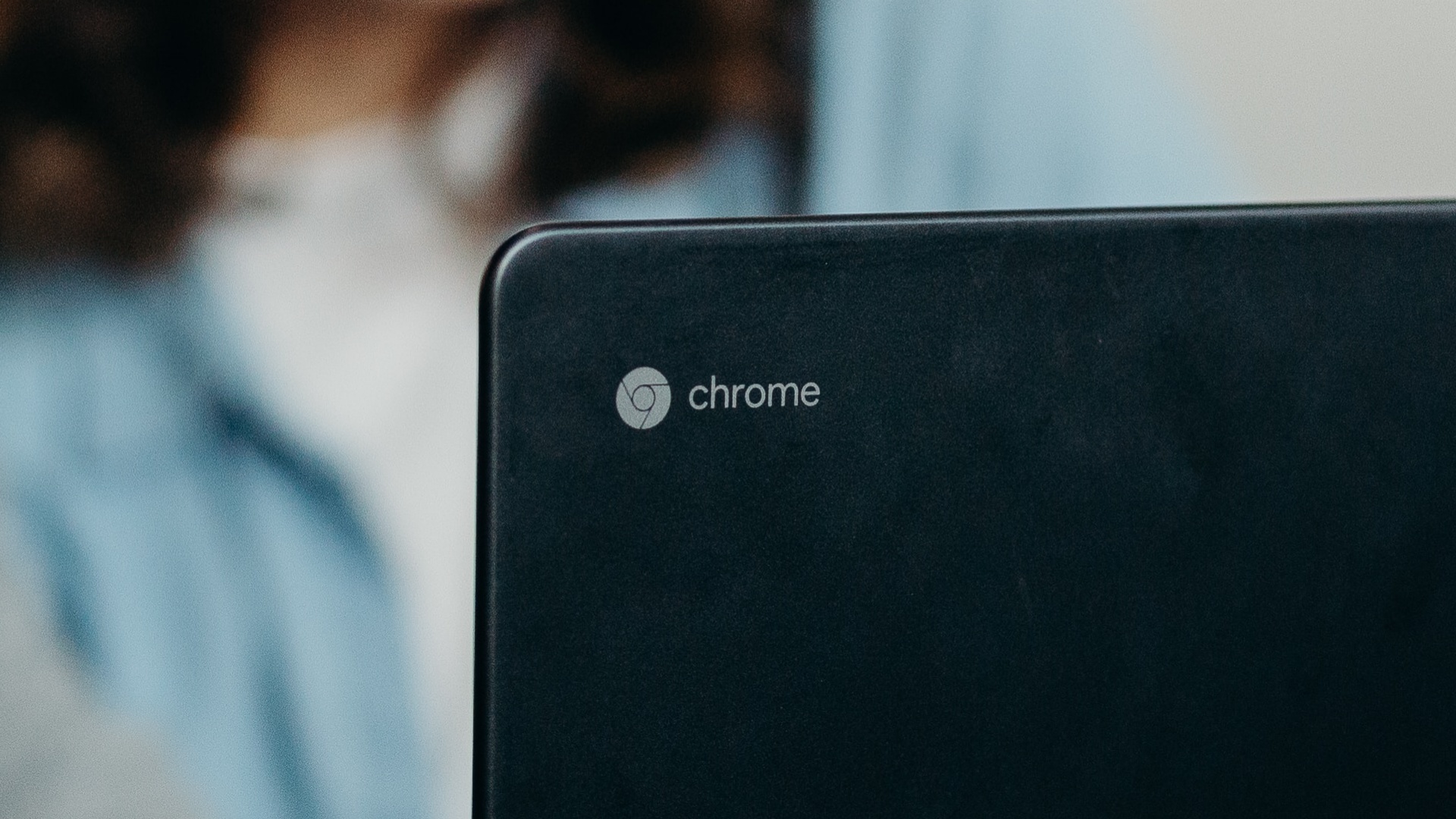- The US Public Interest Research Group (PIRG) has released a report looking at Chromebooks and how short lifespans could result in more electronic waste.
- The PIRG’s report says many Chromebooks purchased three years are already starting to break.
- It has also called on Google to ensure OEMs add higher levels of durability and easier repairability to future Chromebooks.
If you need to buy an affordable notebook for someone at school or university, you’re more than likely opting for Google-powered Chromebooks these days, as these devices tick all the boxes in terms of functionality, but also don’t break the bank.
According to the US Public Interest Research Group (PIRG), however, this may come at another cost as the “short lifespans” of Chromebooks is resulting in higher levels of electronic waste, the PIRG says.
It recently released a report on the matter, highlighting that Chromebooks purchased in the US only three years ago are already starting to break. This coupled with a lack of replacement parts, along with an inability to repair, is costing US taxpayers more money, especially in schools where Chromebooks are often deployed as the notebook of choice for learners.
“Chromebooks have a built-in ‘death date,’ after which software support ends. Once laptops have ‘expired,’ they don’t receive updates and can’t access secure websites. For example, instructors have reported that expired laptops can’t access online state testing websites,” explained the PIRG in a press statement.
In its report, titled Chromebook Churn, the PIRG asserts that the right-to-repair is not being properly applied to this notebook segment in the US.
For example it found that 14 out of 29 keyboard replacements for Acer Chromebooks were out of stock, with 10 of the 29 cost $90 (~R1 631) each not counting labour. HP was also cited in the report as it only stocked power cords and power adapters for one model of Chromebook, but not its other parts.
“Chromebooks aren’t built to last. Professional repair techs tell me they’re often forced to chuck good Chromebook hardware with years of life left due to aggressive software expiration dates. Let’s stop wasting money and our planet’s resources on premature upgrades,” added Dr. Elizabeth Chamberlain, director of Sustainability at repair website iFixit.
Responding to Ars Technica regarding the report, a Google spokesperson said, “Regular Chromebook software updates add new features and improve device security every four weeks, allowing us to continuously iterate on the software experience while ensuring that older devices continue to function in a secure and reliable manner until their hardware limitations make it extremely difficult to provide updates.”
They added that Google is, “Always working with our device manufacturing partners to increasingly build devices across segments with post-consumer recycled and certified materials that are more repairable, and over time use manufacturing processes that reduce emissions.”
While it remains to be seen whether these issues are present outside of the US, it is clear that more needs to be done to improve the longevity of Chromebooks, as well as the cost to repair them, especially as learners are reliant on notebooks and internet connectivity in this modern age of education.
“The least we can do for students who rely on their laptops is ensure these devices are durable and repairable—not part of a constant churn. With more tech in our lives and classrooms, if Google wants to be a trusted source for tens of millions of students, they need to make laptops that families and school districts can count on,” concluded PIRG’s Design to Last campaign director, Lucas Rockett Gutterman.
[Image – Photo by Brooke Cagle on Unsplash]

